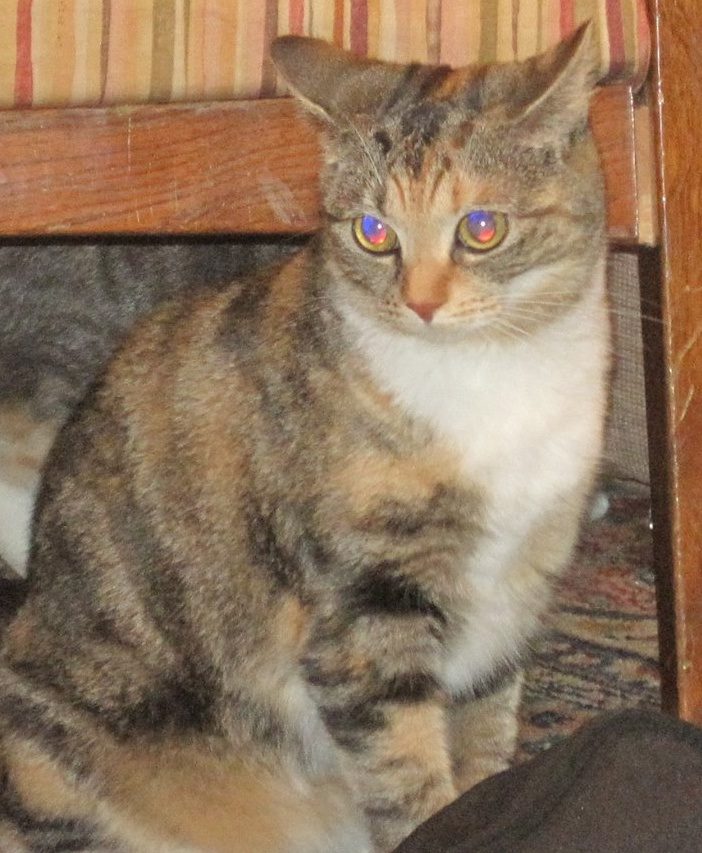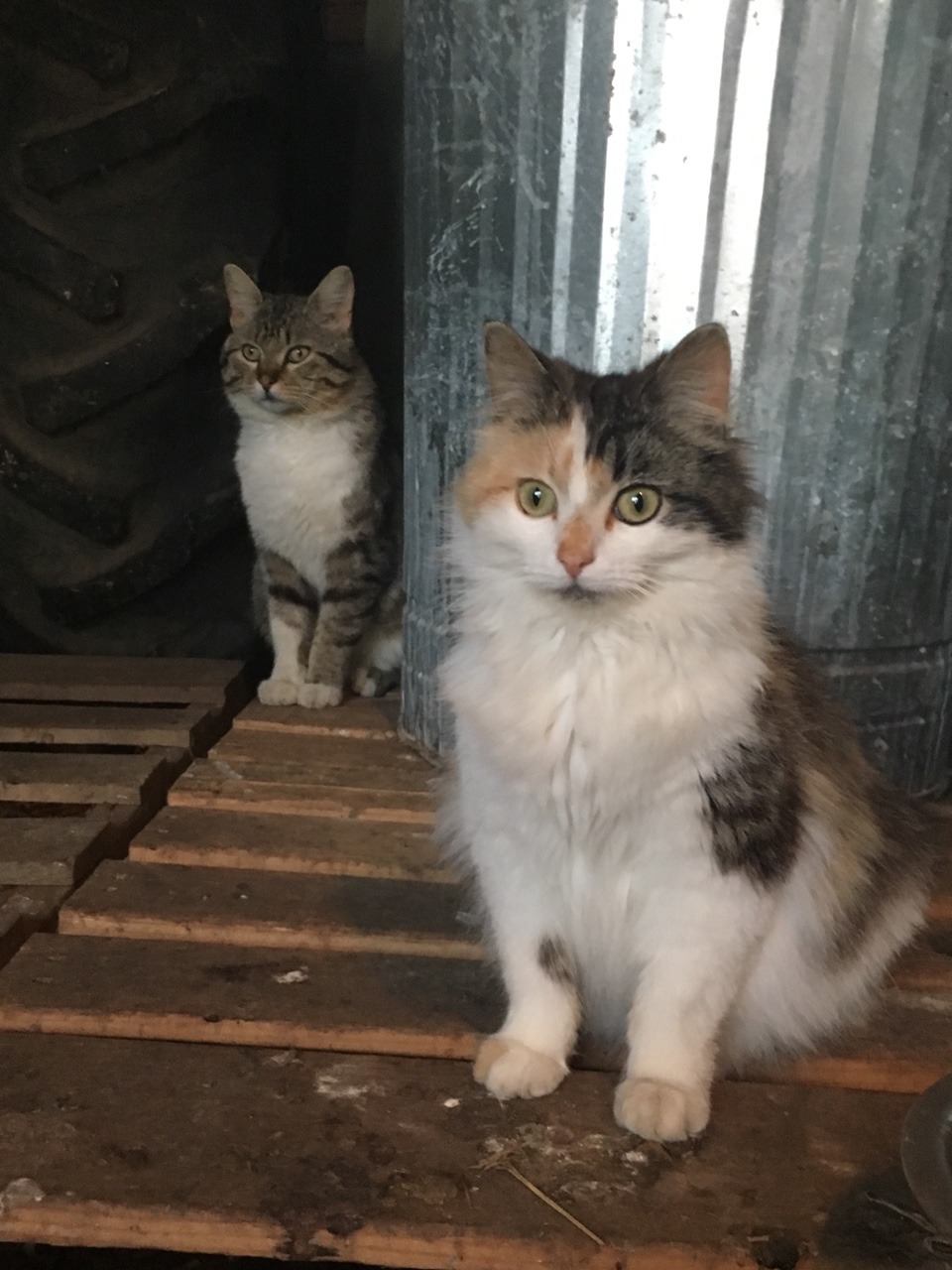

Click on the link to see a post about the Tabby cat. The last of these is the tortoiseshell color, and pattern, affected by the tabby ( Agouti) gene. This is caused by the action of the white spotting gene (also called the piebald spotting gene), which is semi- dominant and has what is called “variable expression” (it is highly variable).

If the orange is turned off the cat will have more black and visa-versa.Ĭat Breeders make the red coloration richer and more intense than it otherwise would be by the use of “rufus polygenes” through selective breeding and further by the presence of the classic blotched tabby ( genotype O(O)mcmc) instead of the mackerel tabby. The proportion of black fur to orange fur is dictated by turning off (deactivating) one of the X chromosomes. This state of affairs is heterozygous (Oo – one dominant and one recessive gene of a pair of genes).Īs a result, we have a mix of black and red fur making tortoiseshell. Fur is black due to the production at the direction of this gene of a pigment called, “eumelanin”. This recessive gene (signified by the lower case ‘o’) produces black fur (one of two Wikipedia articles says “non-orange” fur). The other recessive allele is carried on the other X chromosome. Orange fur is due to the production of an orange pigment called, “phaeomelanin”. This gene produces orange fur by turning black fur orange (red technically). One allele (one of a pair of genes) of the O gene (capital ‘O’) is a dominant gene and is carried on one of the X chromosomes. Very unusually you get male tortoiseshell cats. This condition is only found in females (XX chromosomes, males are XY). The making of a tortoiseshell cat requires the presence of two X- chromosomes. It is better to discuss the calico cat in terms of what makes a tortoiseshell cat first then add in the white afterwards. The colors are essentially red, black and white. Red and black together is tortoiseshell. The patterns are asymmetrical (messed up). We know then that Calico cats are brightly colored with white. Ironically, this is about 200 miles from the region where some (a few) Indians kill and eat domestic cats. It is in or near the Tamil Nadu region of India in the South West. It seems that the town Calicut is called Kozhikode by people living in India. Perhaps this is a reference to the white in Calico cats.

In Britain, the word also meant a plain white cloth. It looks as if the British (as is their habit) decided to change the pronunciation of the town “Calicut” to calico when applying it to the description of cats that had bright colors and patterns. In or around the 1630s a brightly printed cloth (block-printed) was imported from Calicut in India (opens to Google maps, new window) to England. You have to go back to the 1600s and perhaps earlier to answer this. I prefer “Calico” as it’s quicker to say. In the UK these cats are called “Tortoiseshell-and-White” cats. “Calico” is the USA term for a cat with a tortoiseshell and white coat pattern and color. Essay on Cat Behavior Toggle Child MenuĬalico cats are not a cat breed.Wild Cats of Asia (for kids) Toggle Child Menu.


 0 kommentar(er)
0 kommentar(er)
